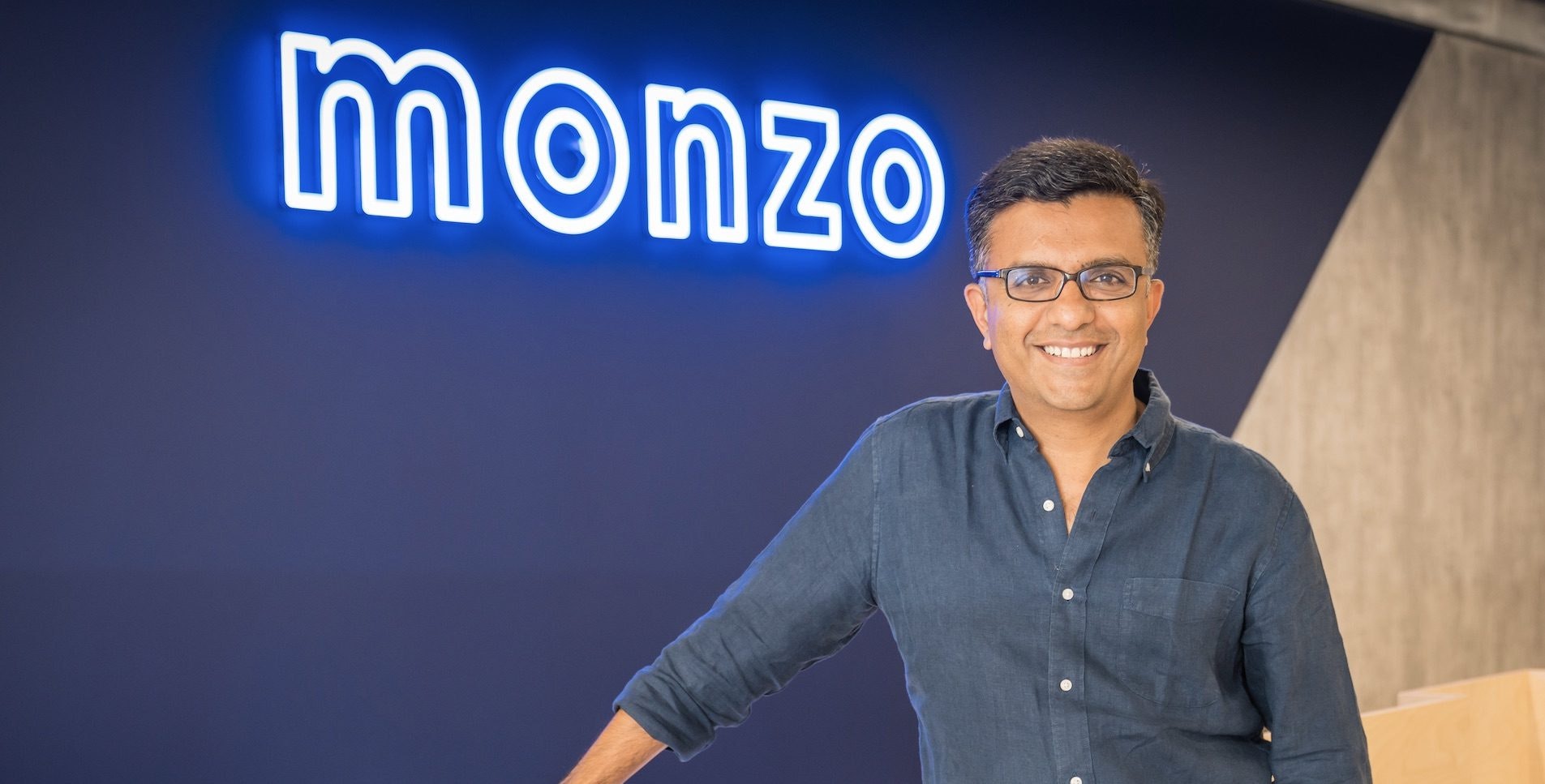Klarna and other Buy Now Pay Later (BNPL) companies have come under heavy criticism over the past year for encouraging young people to spend more money online than they can afford.
But the latest big marketing campaign from Klarna, the $31bn Swedish fintech, shows that the sector is fighting back against the haters.
The UK advertising campaign — called #WhyPayInterest — aims to shine a light on the benefits of BNPL over credit cards. It contains some big numbers, such as:
- Brits paid £5.7bn in credit card interest and fees in 2020
- But saved £76m in interest payments that same year by using Klarna
The ad comes just a few months after the UK’s Woolard Review of unsecured credit found that while BNPL products provide a “meaningful alternative” to payday loans and other forms of credit, they also represent “a significant potential consumer harm” — and should be regulated by the Financial Conduct Authority.
The major criticism of Klarna and other BNPL providers is that they normalise borrowing and overspending. It’s instant gratification but for ecommerce. Given the financial stress many have come under during the pandemic, it’s easy to see the problem.
Klarna, however, is in a “mythbusting” mood.
In an interview with Sifted, Alex Marsh — Klarna’s UK lead — turned the spotlight onto credit card firms, saying they essentially screw over less wealthy customers in order to subsidise better-off customers, who enjoy zero interest and loyalty points.
“We’re offering this product to consumers interest-free and fee-free,” he said.
He added that the general lack of interest payments and fees means there is no incentive to lend to people who cannot afford to repay.
That is the absolute opposite to the credit card model where their model is built around getting people to use credit, but ultimately staying in debt.
“That is the absolute opposite to the credit card model where their model is built around getting people to use credit, but ultimately staying in debt. That is how they’re driving their revenue and that’s how they’re funding the loyalty points,” he added.
But what happens when people simply don’t pay?
Klarna follows up with lots of in-app reminders, offers a 10-day snooze button for payments, encourages people to get in touch, can offer restructured payment plans, and so on. If, in the end, these efforts prove unsuccessful, “the ultimate sanction where that occurs is that those consumers will be unable to use Klarna again in those situations,” said Marsh.
What does Marsh make of the criticism that has been levelled at BNPL products?
“I think you have seen acceleration in that shift to ecommerce in the past year particularly, and understandably in the context of a pandemic and uncertainty about people’s economic wellbeing, people are looking at credit in terms of are they in the best interest of consumers,” said Marsh.
What we obsess on in our organisation is what outcomes consumers are having.
“In response to that, what we obsess on in our organisation is what outcomes consumers are having. The two primary ones that we look at will be ultimately default levels for consumers but then also complaints.”
Klarna gave Sifted some data on the things Marsh obsesses over:
- Klarna gets four complaints from every 10k purchases
- Its default rate is “significantly lower” than 1%
- It has a Trustpilot score of 4.3 (quite a bit better than rival banks)
We'll add here that, according to a recent Nerdwallet study, Klarna’s terms and conditions take the longest to read of any in the BNPL space at just under an hour.
Eyebrows were also raised at Klarna’s claim, trumpeted as part of the marketing push, that it is the fifth largest UK bank. Marsh explained how the company figured that one out.
“It’s based on a consumer number measure, so we’ve now got over 14m consumers in the UK have used Klarna,” said Marsh. “It’s consumers who have used Klarna one time or more.”
The campaign is a bold move from Klarna in the face of criticism. The Swedish firm could have taken a more reflective tack, but has instead opted to go all guns blazing against the big banks.
And although we aren’t yet ready to give Klarna a free pass, it’s certainly tough to argue that it’s any worse than credit card companies. After all, Klarna might well encourage overspending — but at least it’s overspending without the threat of incurring more than the cost of a purchase (for the vast majority of its products, at least).
As to whether Klarna is better than credit cards, that is a thornier issue. How do you quantify the potential consumer harm of greater spending with no interest and no fees as a lure, versus the potential harm of getting into credit card debt? While we can’t say definitively that the no interest route is preferable — it is hard to believe that anyone would advocate getting into debt as the better option.
But the real bottom line is this: when faced with public and regulatory criticism, it helps to have $1bn in the bank to splash on “mythbusting”.
And by the sounds of things, Klarna is set to top up its coffers once again. According to a Business Insider report published May 27, Klarna is set to raise again — this time from tech investor SoftBank — at a valuation north of $40bn. It was valued at $31bn when it raised $1bn in March.
What's extraordinary is that the raise isn’t even the latest bit of Klarna news. On May 27, shortly after news of the SoftBank round broke, the company announced that it had suffered a serious data breach. CEO Sebastian Siemiatkowski said on Twitter that some 9.5k customers had been affected.
All in a week’s work for Europe’s most valuable fintech.


